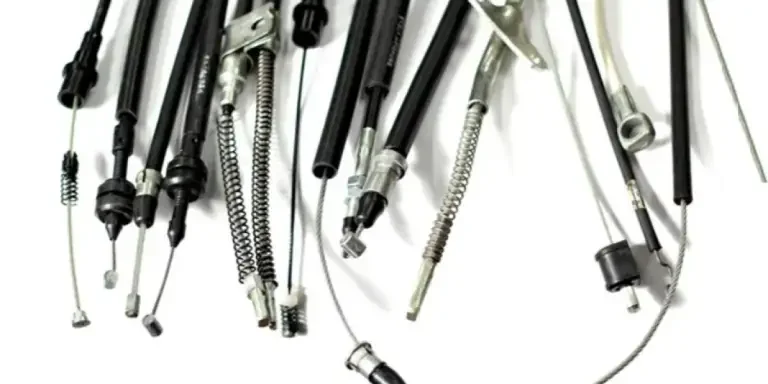Table of Contents
1. Introduction
2. Understanding the Types of Auto Brake Cables
3. The Auto Brake Cable Market in 2024
4. Key Factors to Consider When Selecting Brake Cables
5. Top Brake Cables and Features to Watch
6. Conclusion
Introduction
Car brake cables are super important in the braking setup of a vehicle – they’re like the heroes that keep us safe and ensure our brakes work smoothly every time we hit the pedal. Whether driving a passenger car or operating machinery like trucks or cranes, these cables ensure your brakes respond effectively in all situations. Good quality brake cables are built to last, need less maintenance over time, and are superior to wear, rust, and tough weather conditions. Selecting the brake cables customized to meet your vehicle’s needs enhances performance and prolongs their lifespan, which helps minimize downtime and operational expenses. The 2025 market presents a variety of choices utilizing cutting-edge materials and technology to cater to the modern standards of automotive systems.
Understanding the types of auto brake cables
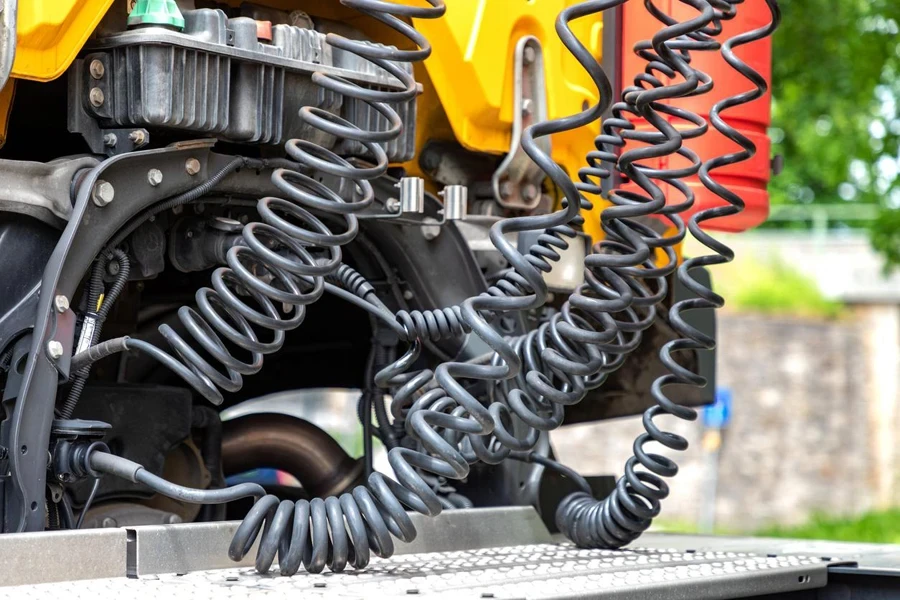
Mechanical brake cables
Bowden or mechanical brake cables consist of a steel core inner wire covered in a protective outer layer. They are commonly used in transmitting force upon pressing a brake pedal or lever to engage the brakes effectively. They are dependable components utilized extensively in standard vehicles and lightweight machinery for their simplicity in upkeep and cost efficiency. However, they might not be appropriate for heavy-duty vehicles requiring higher braking power.
Hydraulic brake cables
Hydraulic brake cables function differently, using pressurized brake fluid to transfer force from the pedal to the brakes. These cables are incorporated into setups tailored for vehicles requiring powerful braking capabilities, like trucks and high-performance cars. Hydraulic cables offer better braking performance with a more powerful feel and are suitable for managing heavy loads. Although they deliver better results, regular maintenance is necessary to avoid problems, such as leaks in the fluid system.
Parking brake cables
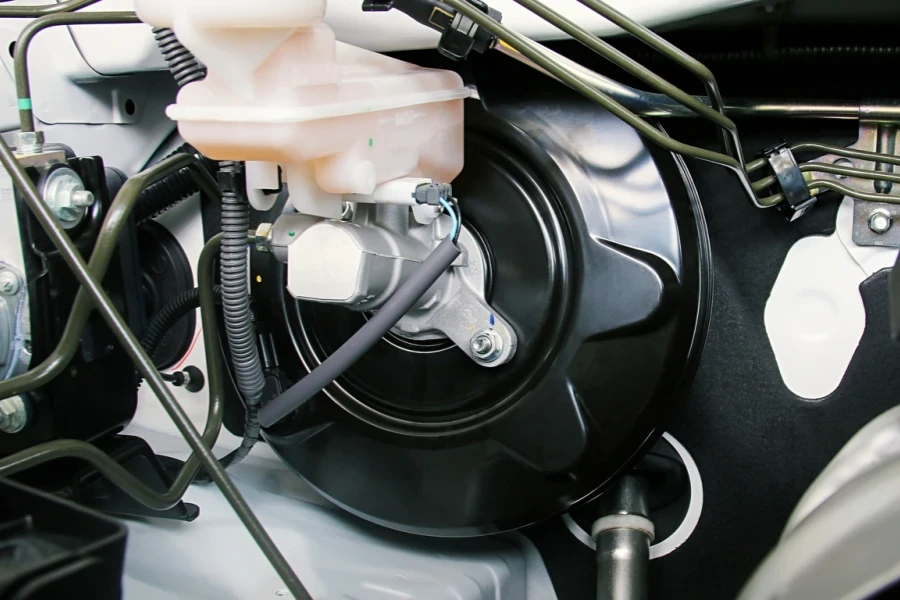
Emergency or parking brake cables are mechanisms used to activate a car parking brake. These cables are crafted for longevity and must resist elongation to secure the vehicle in position when the brake is engaged. Stainless steel is a top choice of material used to enhance its resilience against corrosion and wear, mostly in challenging weather environments. Routine checks aid in preserving their efficiency throughout prolonged use.
The auto brake cable market in 2024
Market growth and trends
In 2024, the auto brake cable industry saw an upswing due to the increased need for braking systems in electric and hybrid vehicles. The Business Research Company reports that the worldwide market grew from $5.74 billion in 2023 to $6.14 billion in 2024, showing a steady compound annual growth rate (CAGR) of 6.9%. Predictions suggest that this positive trend will continue, with forecasts indicating that the market is set to hit $8.19 billion by 2028. The automotive industry market sector of the Asia Pacific region took the lead, having manufacturing sectors in countries such as China, India, and Japan, where vehicle production rates stay high daily. Moreover, the International Energy Agency mentioned an increase in sales of vehicles in 2024, with over ten million units sold, emphasizing the rising demand for advanced and effective brake cable technologies customized to meet present-day automotive needs.
Innovations driving the market
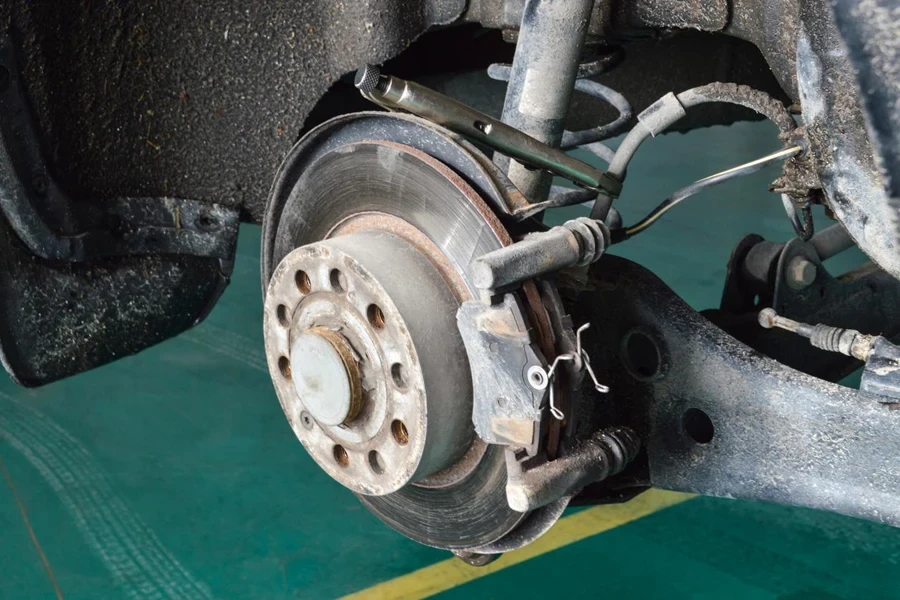
In 2024, there were improvements in brake cable materials and technologies as stainless steel alloys gained attention due to their resilience and ability to resist corrosion in response to the changing needs of contemporary vehicles. Brake cable systems have become more common in electric and hybrid vehicles, providing accurate control and smooth coordination with advanced safety features. Lightweight materials like aluminum were also adopted to reduce vehicle weight while maintaining high performance, aligning with industry goals to improve efficiency and sustainability. These innovations positioned the brake cable industry for continued growth and evolution in 2025.
Key factors to consider when selecting brake cables
Compatibility with vehicle specifications
Ensuring brake cables align with a vehicle’s requirements is paramount for optimal performance and safety. This involves matching the cable type, size, and fittings to the vehicle’s braking system. For instance, mechanical brake cables are suitable for standard cars, while hydraulic systems may require specialized cables. It’s important to refer to the manufacturer’s instructions as they offer details and compatibility guidance, which helps choose the right components. Following these rules guarantees that the brake wires operate smoothly in the car’s braking system, which helps uphold safety and effectiveness.
Material quality and resistance
The selection of materials for building brake cables plays a role in determining how long they last and how well they perform over time. Using materials that resist corrosion, like steel, can make the cables more durable and reliable in places where they might be exposed to moisture and salt. It’s also important for the outer casing of the wires to be tough and able to handle conditions such as changing temperatures and rough handling. Using top-notch materials that prevent wear and premature failures can help ensure the brakes will keep working smoothly for a long time. Investing in superior materials reduces maintenance needs and extends the service life of the brake cables.
Ease of installation and maintenance
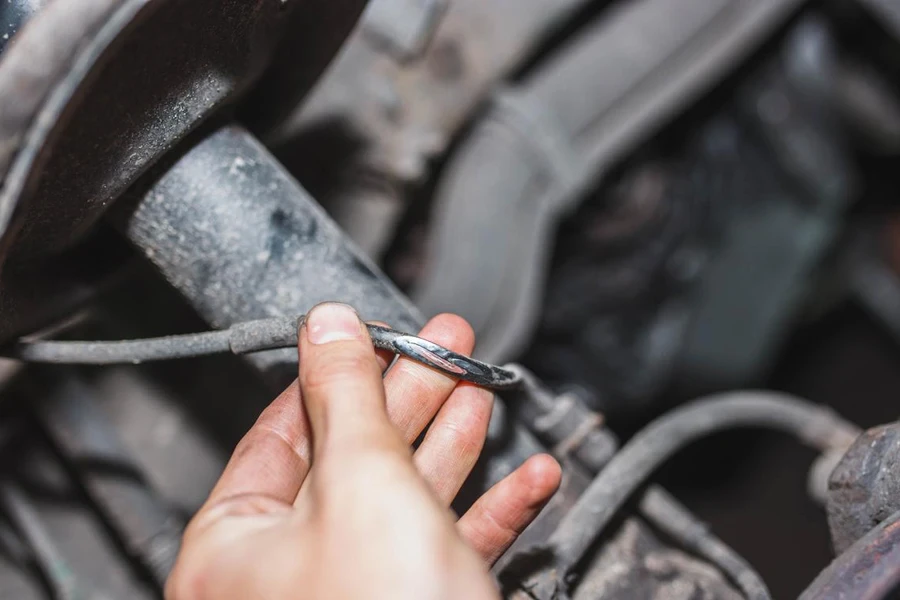
Brake cables designed for straightforward installation and minimal maintenance contribute to operational efficiency. Features like flexible routing options, pre-lubricated inner wires, and user-friendly adjustment mechanisms facilitate quicker installations and adjustments. For fleet maintenance teams, selecting cables that allow rapid replacements and require less frequent servicing can reduce downtime and labor costs. Prioritizing ease of installation and maintenance ensures that vehicles remain operational and safe, minimizing service disruptions.
Performance and longevity
Evaluating brake cables for responsiveness and reliability is crucial, particularly for heavy-duty applications. Cables should undergo rigorous testing to assess their performance under various conditions, including load stress and environmental factors. Selecting cables designed for heavy-duty use ensures they can handle increased demands without compromising safety. High-performance cables contribute to consistent braking response, enhancing vehicle control and safety. Investing in reliable, long-lasting brake cables reduces the likelihood of failures and the associated risks.
Top brake cables and features to watch
Best cables for passenger vehicles
Brake cables for passenger vehicles in 2025 emphasize performance, reliability, and enhanced safety features. Modern models incorporate high-quality materials like stainless steel, which provide improved corrosion resistance and long-term durability. Many leading manufacturers design these cables to match original equipment specifications, ensuring precise and seamless integration with braking systems. Electronic parking brake systems are also becoming standard, offering smoother operation and advanced control. These features cater to the growing demand for efficient and dependable braking solutions in passenger cars, supporting the needs of contemporary vehicle designs.
Best options for heavy-duty applications
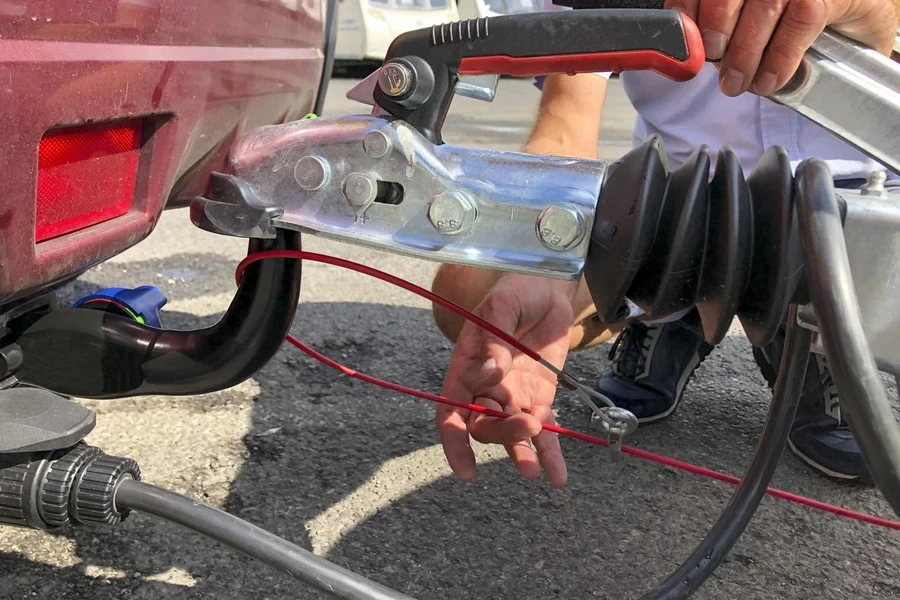
Heavy-duty brake cables are specially designed to handle tough conditions and heavy stress in settings like trucks and agricultural equipment. They use strong materials and protective coatings for durability and reliability. These brakes are popular for industrial and commercial applications and are labeled with improved strength and resistance to weather elements. They are specifically engineered to tackle extreme environments, ensuring performance and safety even under extreme work pressures.
Emerging brands and innovative models
The brake cable market is seeing an increase in new manufacturers with innovative features and competitive choices. New designs now use high-strength steel alloys and specialized polymers to enhance flexibility and durability. Certain models are designed to cater to various vehicles while upholding performance criteria. Moreover, contemporary brake cables frequently boast protective coatings and inner linings that prolong their lifespan and minimize maintenance requirements. Technological advancements are transforming the sector by offering companies customized solutions for various vehicle and activity needs.
Conclusion
Choosing the best brake cables is crucial to guarantee the safety and efficiency of a vehicle. Durable materials such as steel and enhanced designs ensure longevity and resilience against wear and tear. Moreover, ensuring compatibility with the vehicle’s specifications ensures efficient operation. Innovative features like electronic systems and improved coatings not only boost effectiveness but also lessen the need for frequent maintenance, thus meeting the changing requirements of modern vehicles. When making informed choices, it is important to consider aspects such as ease of installation, performance testing, and adherence to manufacturer recommendations. Businesses can guarantee reliability and effectiveness in their operations by prioritizing quality and ensuring that their braking systems meet the needs and standards required.
